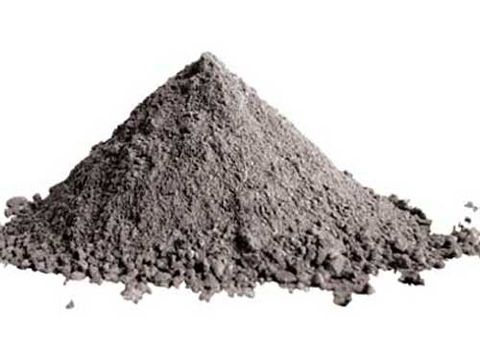Introduction:
Improvements in building materials are constantly being made. The construction industry relies on wide concrete varieties for its many varied projects. Various constructions use refractory concrete to withstand high temperatures. Normal concrete melts at a particular temperature. High-alumina cement is often used to make refractory concrete, which can withstand high temperatures, along with aggregates that can also withstand heat.
 Fig: Refractory Concrete
Fig: Refractory Concrete
Courtesy: monolithicrefractoriesonline.com
